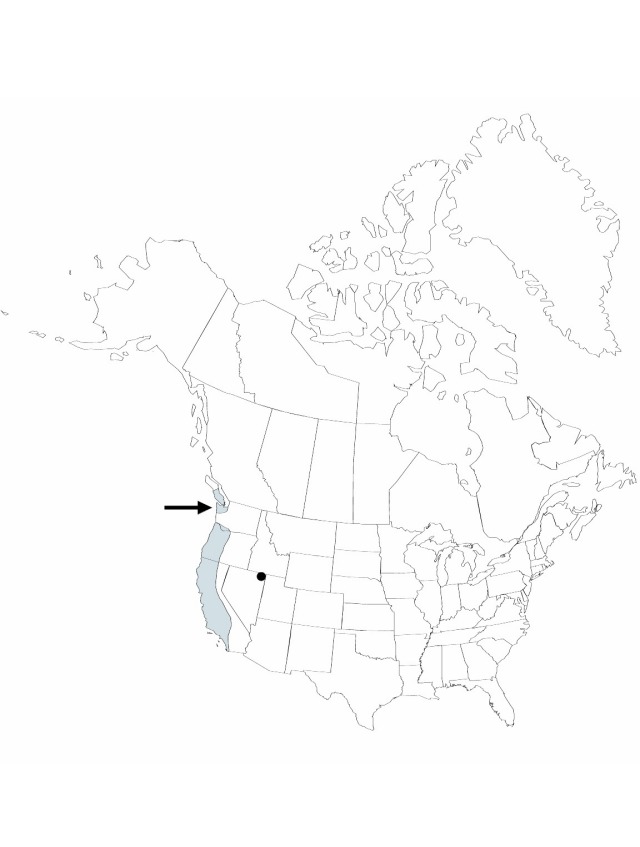Difference between revisions of "Juncus kelloggii"
2:494. 1868.
imported>Volume Importer |
imported>Volume Importer |
||
| Line 52: | Line 52: | ||
|publication year=1868 | |publication year=1868 | ||
|special status=Endemic | |special status=Endemic | ||
| − | |source xml=https:// | + | |source xml=https://bitbucket.org/aafc-mbb/fna-data-curation/src/2e0870ddd59836b60bcf96646a41e87ea5a5943a/coarse_grained_fna_xml/V22/V22_571.xml |
|genus=Juncus | |genus=Juncus | ||
|subgenus=Juncus subg. Graminifolii | |subgenus=Juncus subg. Graminifolii | ||
Revision as of 20:32, 5 November 2020
Herbs, annual, cespitose, 0.1–0.55(–0.65) dm. Culms to 100. Leaves to 2.5 cm × 0.1–0.3 mm. Inflorescences terminal clusters, each with 1–4 flowers; bracts subtending inflorescence 2–5, ovate to lanceolate, inconspicuous, 1–2.5 mm, membranous, apex acute to obtuse. Flowers 3-merous; : tepals dark reddish brown, 2–3.2 × 0.4–1 mm, margins unpigmented; inner series nearly equal to or slightly shorter than outer series, acute to acuminate; stamens 3, filaments 0.7–1.3 mm, anthers 0.3–0.5 mm; style 0.2–0.5 mm, stigma 0.4–1.3 mm. Capsules dark reddish, 3-locular, obovoid to ellipsoid, nearly equal to tepals, 1.8–2.9 × 1.2–1.6 mm. Seeds ovoid, 0.4–0.55 mm, apiculate. n = 17.
Phenology: Flowering and fruiting spring–early summer.
Habitat: Sandy and clayey damp soils around vernal pools, seepage areas, and low spots in fields and meadows
Elevation: 0–800 m
Distribution

B.C., Calif., Nev., Oreg., Wash.
Discussion
Selected References
None.
Lower Taxa
None.